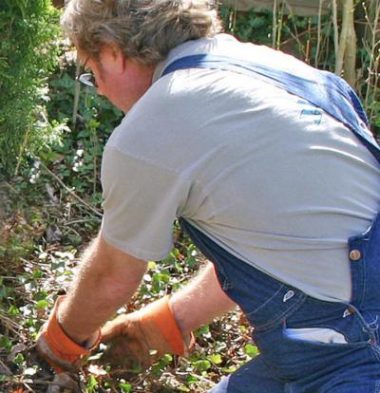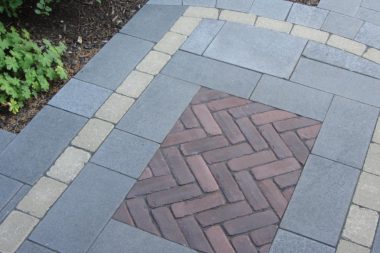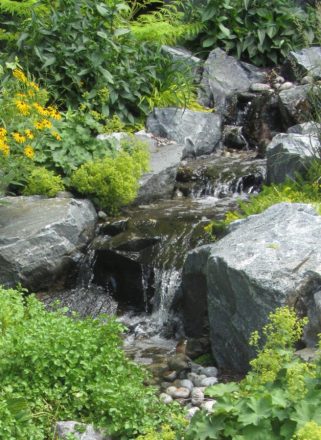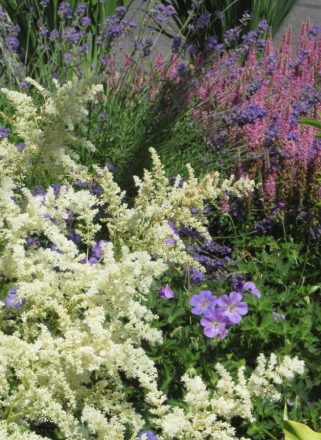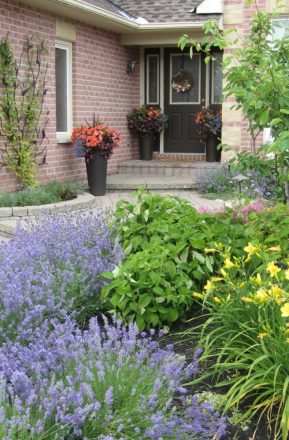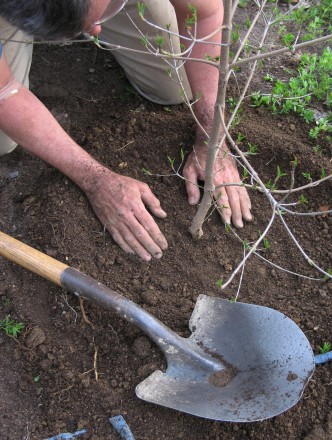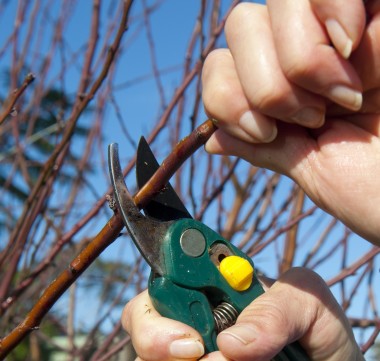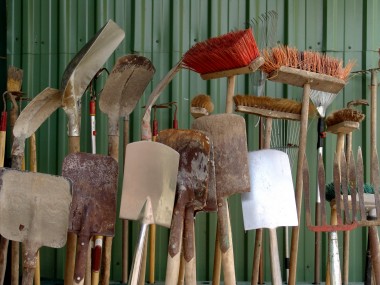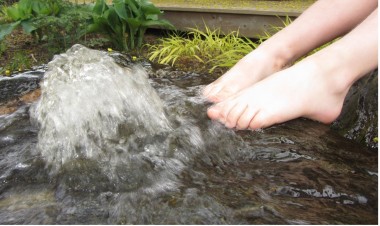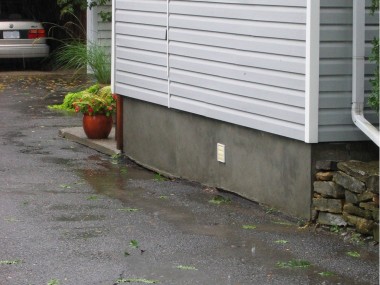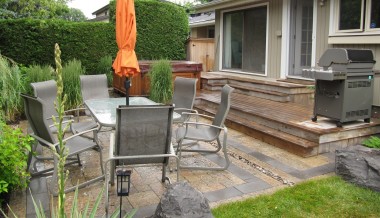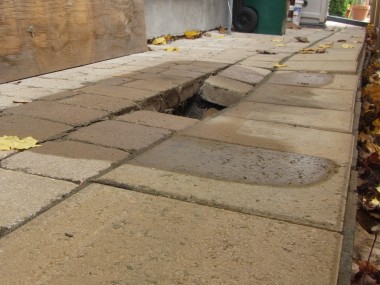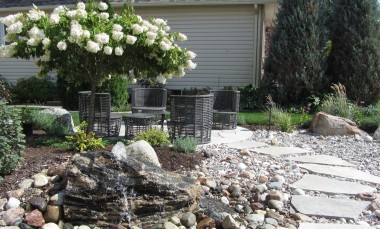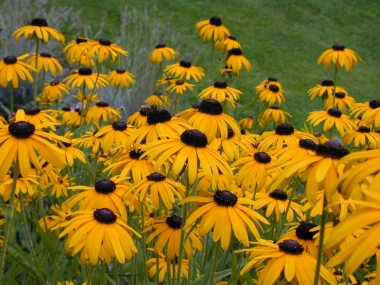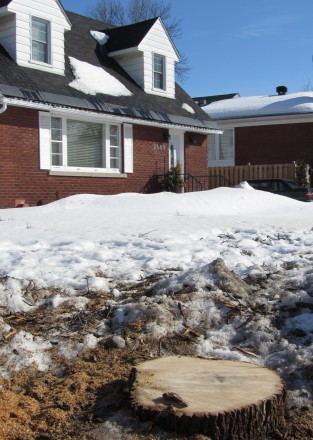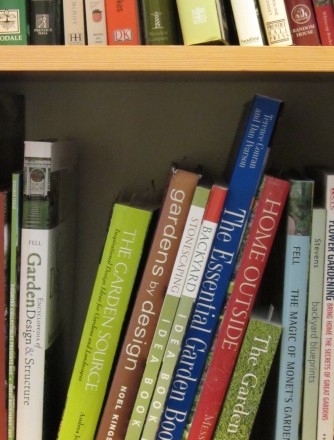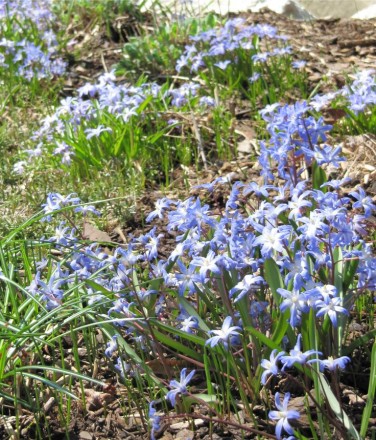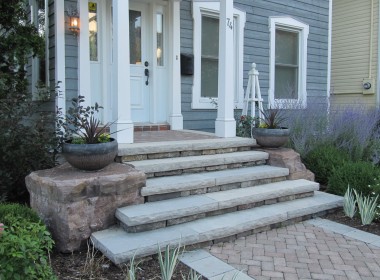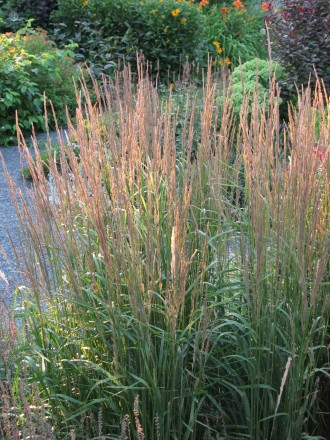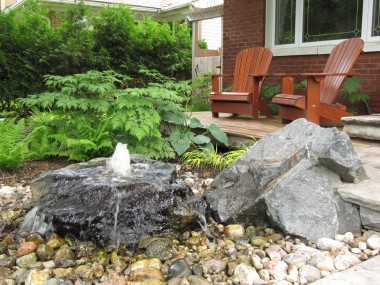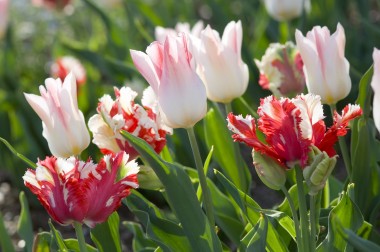
By Jay Ladell
Some homeowners think that their shady yards are destined to be dreary. Yet there is hope for our yards to become beautiful sanctuaries with colourful plants, shrubs and ground cover.
The first step is to enrich your soil, shade-loving plants thrive in earth rich in organic matter, just like in the forest. Mix in mushroom compost, black earth or last year’s decomposed leaf pile to amend the garden.
The second step is to determine what kind of shade garden you have so you can select the right plants for your yard’s light conditions. Spend time in your yard during the morning, afternoon and early evening to observe the number of hours of direct sunlight it receives. A full shade garden receives almost no direct sunlight; a partial shade garden receives two to four hours a day; a partly sunny garden receives direct light for up to six hours per day. A garden may also be considered partially shaded if it receives dapple sunlight throughout the day beneath a canopy of trees.
The plant selection for full shade gardens is somewhat limited, but you can still create a stunning lush oasis. Think foliage and subtle white or pastel coloured flowers. One of my favourite plant combinations is the thin-leaved Japanese hakone grass (Hakonechloa macra) planted alongside the large-leaved blue angel hosta (Hosta ‘Blue Angel’) that is juxtaposed with the fine-leafed maiden-hair fern (Adaintum pedatum). For flowers try jack-in-the-pulpit (Arisaema triphyllum), Astilbe, bleeding hearts (Dicentra spectabilis), coralbells (Heuchra) and barren strawberry (Waldsteinia).
Part-shade gardens accept a much wider range of plants. To start the season, spring-blooming woodland bulbs and ephemerals are ideal for shade since the sun-blocking tree leaves have not yet opened. Striking examples are: Trillium, glory-of-the-snow (Chionodoxa forbesii), daffodil (Narcissus) and Hepatica.
Part-shade plants prefer dappled light and the cool morning or late afternoon sun. Follow-up the spring show with summer flowers like bellflower (Campanula carpatica), Paris coralbells (Heuchera ‘Paris’), Giles Van Hees speedwell (Veronica spicata ‘Giles Van Hees’), Rozanne cranesbill (Geranium ‘Rozanne’) and balloon flower (Platycodon grandiflorus).
Flowering shrubs such as viburnum species thrive in part-shade conditions.
The American cranberry bush (Viburnum trilobum) and the native witherod (Viburnum cassinoides) both produce white flowers in spring, colourful berries in summer, and red foliage in fall. The Saskatoon serviceberry (Amelanchier alnifolia) and the red-bark dogwood (Cornus sericea) provide interest in every season. They both produce gorgeous spring blossoms, berries in summer, red and orange leaves in fall and silvery (Amelanchier) or red (Cornus) bark in winter. Hydrangea (Hydrangea paniculata) varieties produce large panicles of white summertime flowers that fade to pink.
Consider adding a trellis in your garden to grow flowering vines. The Jackmanii clematis (Clematis x jackmanii ‘Superba’) produces large deep-purple flowers that bloom from June to September.
If you have a partly sunny yard that gets four to six hours of direct sunlight you can choose from a diverse range of plants. Many full sun plants also tolerate less sunlight, just expect less flowers and slower growth. Start by looking at the countless horticultural varieties of well-behaved daylilies (Hemerocallis) and Irises, available in every color from muted yellows to dark purple. Coneflower (Echinacea purpurea) is a tried and true sunny garden perennial that can also be grown in part sun, try the orange and white varieties too. False indigo (Baptisia australis) is a native flower that won the Perennial Plant Association’s Plant of the Year in 2010. It is a wonderful foliage plant with blue flowers, just make sure to pinch off the seed pods if you don’t want seedlings.
Two flowering shrubs that are ideal for a partly sunny garden are bigleaf hydrangea (Hydrangea macrophylla) which blooms pink or blue in July, and Kalm St-John’s-Wort (Hypericum kalmianum) with its profuse gold blossoms. Many spirea (Spiraea) do well in a bit of shade, my favorite is birch leaf (Spiraea betulifolia ‘Tor’) which glows orange and red in fall. Lilacs (Syringa) likewise do well when slightly shaded.
When it comes to ground cover, highland cream thyme (Thymus praecox ‘Highland Cream’) is a great companion for candytuft (Iberis sempervirens). Creeping phlox (Phlox subulata) produces in spring a blanket of vibrant flowers in red, white, pink and lavender that is a bright addition next to spring bulbs.
By following these tips, your garden will no longer be a place you want to escape from but a succulent oasis that you want to escape to!
Article originally published in the O.S.C.A.R. newspaper

